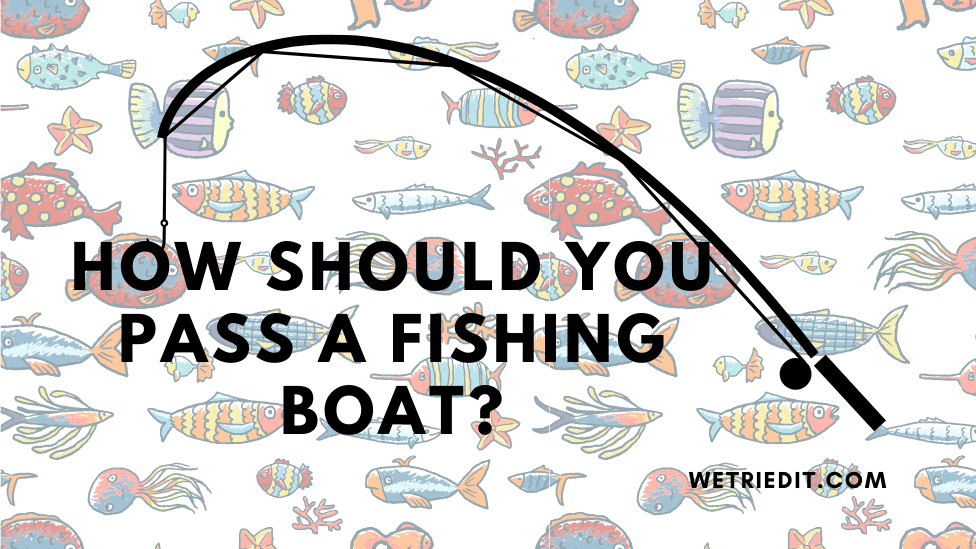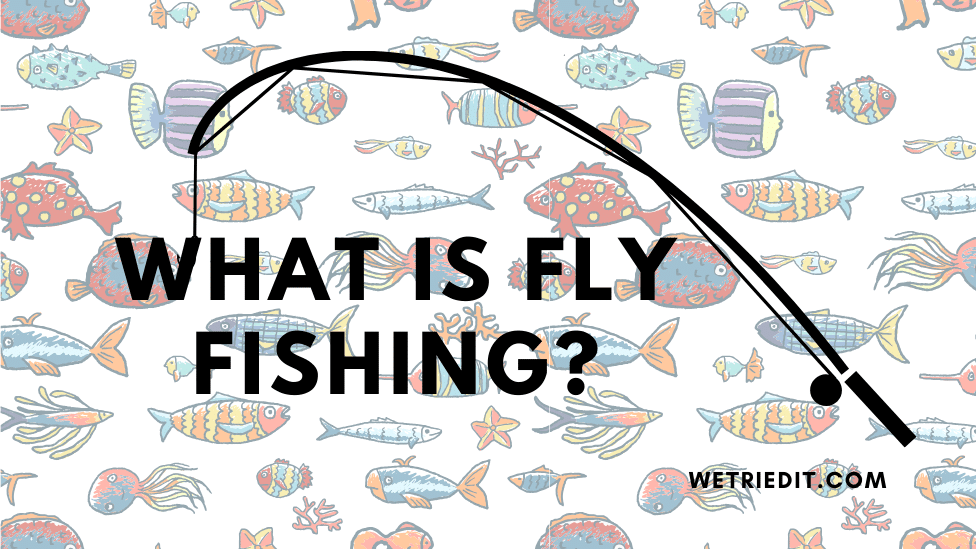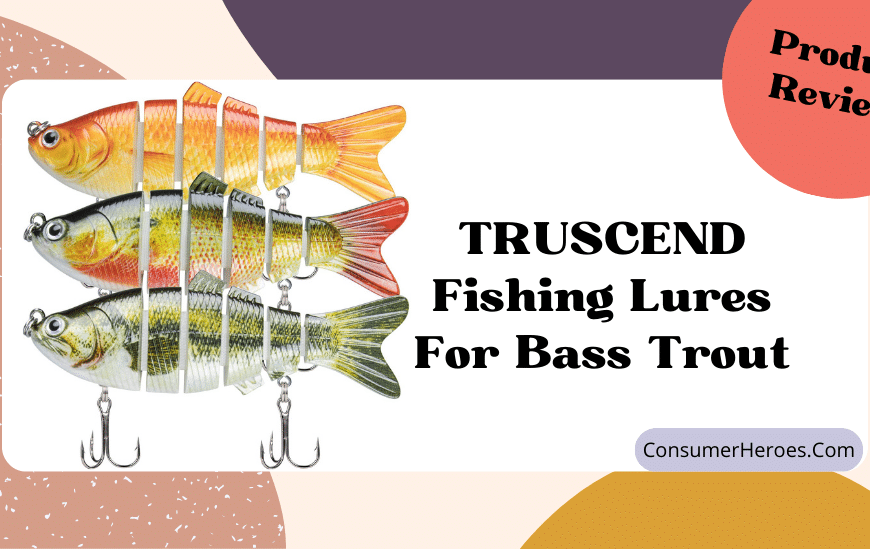When out on the water, it’s essential to know how to pass other boats safely and effectively. Passing a fishing boat, in particular, requires extra caution and attention. Not only can fishing boats be slower-moving, but they also have specialized equipment and lines that can be hazardous to passing vessels.
To pass a fishing boat safely, it’s important to first assess the situation. Determine the boat’s speed and direction, as well as any potential hazards such as fishing lines or nets in the water. It’s also important to maintain a safe distance, as fishing boats may make sudden turns or stops.
When passing a fishing boat, it’s crucial to give them plenty of space. Avoid passing too closely, as this can disrupt their fishing lines or nets and potentially cause damage or injury. Additionally, be sure to maintain a slow, steady speed to avoid creating large wakes that can also disrupt the fishing process. By following these guidelines, boaters can safely and effectively pass fishing boats while minimizing the risk of accidents or disruption.
Understanding Waterway Rules
When it comes to passing a fishing boat, understanding waterway rules is crucial. Here are some important rules to keep in mind:
Right of Way
The right of way refers to the vessel that has priority when two boats are approaching each other. In general, fishing boats have the right of way over recreational boats. This is because fishing boats are often engaged in commercial activities and need to maintain a steady course.
However, it’s important to note that the right of way can vary depending on the situation. For example, if a fishing boat is trolling or has lines in the water, it may not have the right of way. In this case, it’s important to slow down and give the fishing boat plenty of space.
Speed Limits
Speed limits are another important consideration when passing a fishing boat. In general, boaters should always operate at a safe speed that allows them to maintain control of their vessel. However, there may be specific speed limits posted in certain areas.
When passing a fishing boat, it’s important to slow down and maintain a safe speed. This will help prevent accidents and ensure that everyone on the water stays safe.
In summary, passing a fishing boat requires a good understanding of waterway rules. By following the right of way and adhering to speed limits, boaters can ensure that they pass fishing boats safely and responsibly.
Proper Boat Handling
Maintaining Safe Distance
When passing a fishing boat, it is important to maintain a safe distance to prevent accidents. The recommended distance is at least 100 feet, but it may vary depending on the size of the boat and the conditions of the water. It is important to pay attention to the fishing lines and nets, and to avoid crossing them.
If the fishing boat is anchored, it is recommended to pass it on the side opposite to the anchor. This will prevent the anchor line from getting tangled with the passing boat. It is also important to avoid creating wakes that could disrupt the fishing activity.
Using Navigation Lights
Navigation lights are essential for safe boating, especially when passing other boats. When passing a fishing boat, it is important to use the correct navigation lights to signal your intentions. If passing on the port side, the boat should display a red light, and if passing on the starboard side, it should display a green light.
It is also recommended to use a white stern light to indicate that the boat is underway. This will help the fishing boat to identify the passing boat and avoid collisions. It is important to note that the navigation lights should be visible from a distance of at least 2 miles, depending on the size of the boat.
In summary, when passing a fishing boat, it is important to maintain a safe distance and use the correct navigation lights to signal your intentions. By following these guidelines, boaters can ensure a safe and enjoyable experience on the water.
Communication Signals
When passing a fishing boat, it is important to communicate effectively to avoid any potential accidents or misunderstandings. Communication signals can be either sound or visual, and they are used to indicate the intentions of the vessel.
Sound Signals
Sound signals are used to indicate the position, speed, and direction of the vessel. The following table shows the different sound signals and their meanings:
| Sound Signal | Meaning |
|---|---|
| One short blast | I am altering my course to starboard |
| Two short blasts | I am altering my course to port |
| Three short blasts | I am operating astern propulsion |
| Five short blasts | I am unsure of your intentions |
It is important to note that fishing boats may not always be able to hear or respond to sound signals due to the noise of their engines or equipment. Therefore, visual signals may also be necessary.
Visual Signals
Visual signals are used to indicate the position, speed, and direction of the vessel. The following table shows the different visual signals and their meanings:
| Visual Signal | Meaning |
|---|---|
| Two white lights in a vertical line | I am fishing and it is not safe to approach |
| Two white lights in a horizontal line | I am not under command and cannot maneuver |
| One white light | I am trawling and it is not safe to approach |
| Red over green lights | I am fishing and it is safe to approach on my port side |
| Green over red lights | I am fishing and it is safe to approach on my starboard side |
It is important to remember that these signals may not always be visible in adverse weather conditions or at night. Therefore, it is important to communicate with the fishing boat using both sound and visual signals to ensure safe passage.
Weather Considerations
When passing a fishing boat, weather conditions must be taken into consideration. Two important factors to keep in mind are wind and visibility.
Wind Conditions
Wind direction and speed can greatly affect how you pass a fishing boat. If possible, it is best to pass a fishing boat upwind or up current to avoid drifting too close and potentially tangling lines. However, if the wind is too strong, it may be difficult to maintain control of your vessel and pass safely. In this case, it may be best to wait until the wind dies down or find an alternate route.
Visibility
Visibility is also important when passing a fishing boat. If there is poor visibility due to fog, rain, or other weather conditions, it may be difficult to see the fishing boat and its crew. In this case, it is important to slow down and use caution. It is also important to make your presence known by sounding your horn or whistle.
In summary, when passing a fishing boat, it is important to consider the wind direction and speed, as well as visibility. By taking these factors into account, you can ensure a safe and respectful passage.
Emergency Procedures
In case of an emergency, it is important to know how to pass a fishing boat safely. Here are some emergency procedures to follow:
- Reduce speed: If you see a fishing boat in distress, reduce your speed immediately. This will help you avoid any collisions and give you more time to react to any sudden changes in the fishing boat’s movements.
- Maintain a safe distance: Keep a safe distance from the fishing boat. This will help you avoid any potential hazards and give you more time to react in case of an emergency.
- Use your horn: If you need to alert the fishing boat of your presence, use your horn. This will help the fishing boat know that you are approaching and give them time to react accordingly.
- Communicate with the fishing boat: If possible, try to communicate with the fishing boat. This can be done through a VHF radio or by using hand signals. Let them know your intentions and ask them if they need any assistance.
- Take evasive action: If the fishing boat is not responding or is in danger of colliding with your vessel, take evasive action. This can be done by changing your course or speed to avoid a collision.
Remember, passing a fishing boat safely is not only important for your safety but also for the safety of the fishermen on board. Always be alert and follow these emergency procedures to ensure a safe passage.
Conclusion
Passing a fishing boat can be a simple and safe process if done correctly. It is important to always maintain a safe distance and approach the boat with caution.
When approaching a fishing boat, it is important to take note of their fishing gear and avoid getting too close. If possible, try to pass the boat on the side opposite of their gear.
It is also important to be aware of any signals or communication from the fishing boat. If they signal for you to slow down or change course, it is important to follow their instructions to avoid any accidents.
Overall, passing a fishing boat requires patience, caution, and awareness. By following these guidelines, boaters can safely pass fishing boats while respecting their space and equipment.







